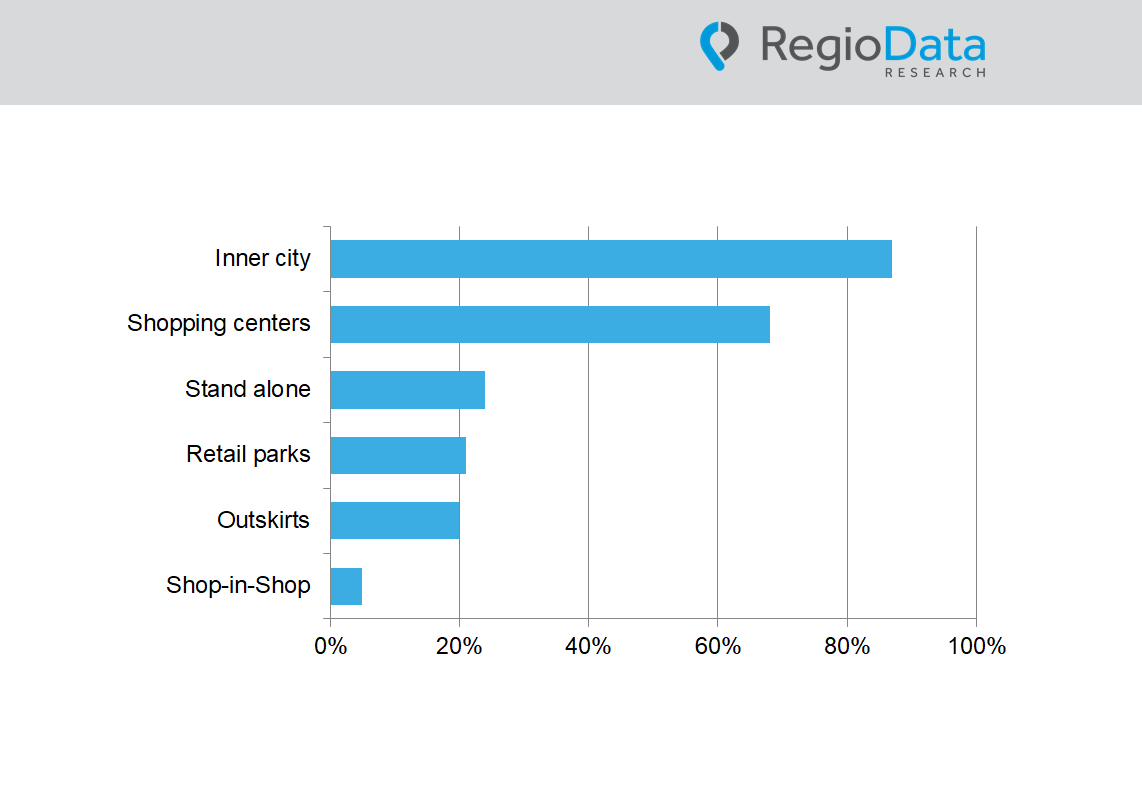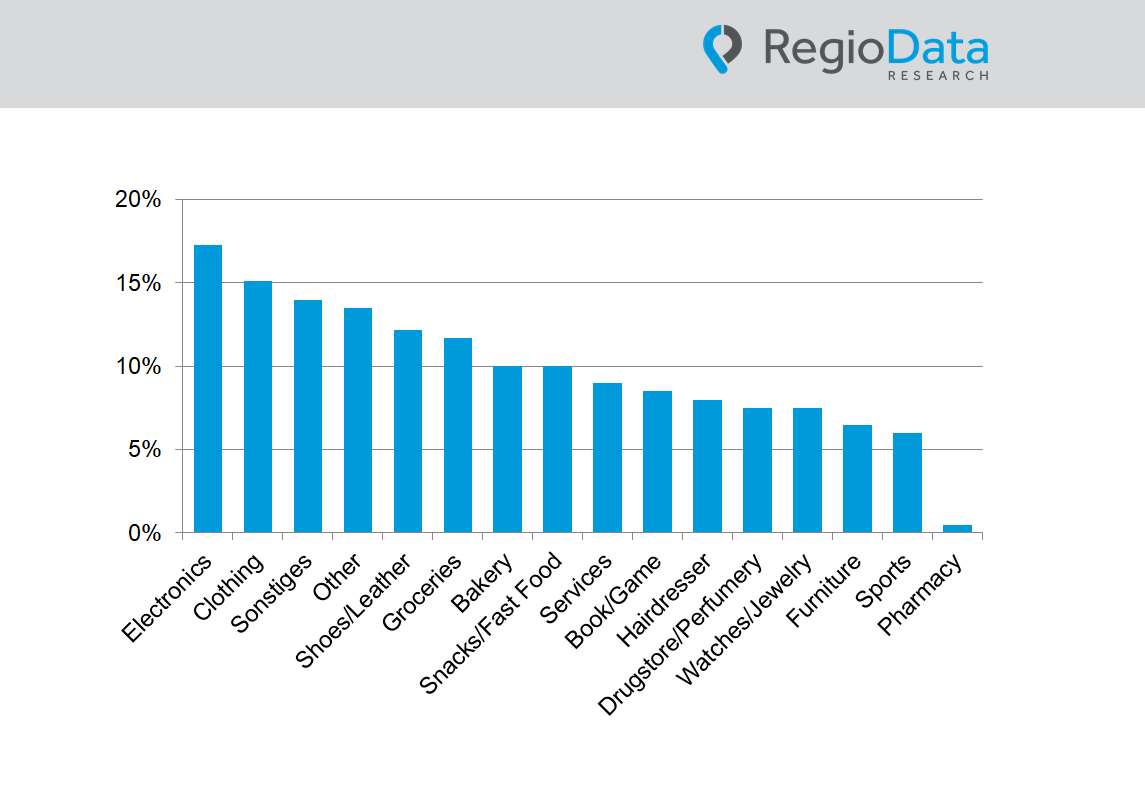Austria
Drugstore giants grow, perfumeries shrink
The total drugstore and perfumery retail sector (everything spent on the relevant product groups, irrespective of their primary business purpose and distribution channel) generated gross sales of around €5.82 billion in the current year under review (2022). Approximately €3.07 billion (gross) of this revenue can be attributed to the stationary drugstore and perfumery retail sector, representing a growth of 4.2% compared to the previous year. This means that around €2.75 billion in revenue has flowed into other industries and online-only retail. A remarkable characteristic of the industry is that locations hardly change in the long term, while sales continuously increase, even above the rate of inflation.
This positive overall result is mainly attributed to the two drugstore chain retailers, dm and Bipa, who were able to increase their market share by an additional 1.1 percentage points. As of now, these drugstore giants hold 61% of the entire market.
As the undisputed number one in the market, dm was able to further expand its revenue by 4.9% in the current observation year, while Bipa achieved the strongest growth rate of 7.5%. Among the other participants in the drugstore segment, Müller particularly stood out with a meteoric rise. The third-largest drugstore chain recently opened its 100th store in Austria, increasing its locations by almost 30% in the last five years alone. This year, a revenue growth of 3.9% was also achieved.
All other market participants assigned to the drugstore sector experienced declines in revenue. Apart from Müller, the sales areas in this group have not grown significantly, with only a 0.6% increase. This means that the sales areas of all other drugstores are stagnating or declining.
By contrast, sales and sales area developments in the perfumery retail subsegment continued to decline sharply in 2022 (- 4.0 %). The change in consumer behavior initiated in the pandemic years is continuing, and the sales declines in stationary perfumery retailing cannot be offset by the market players’ online channels either. The two largest players in this segment, Douglas and Marionnaud, have recorded declines in the range of 4.0% to 4.5%, with Douglas deliberately focusing on expanding its own online marketplace. Both companies have closed stores and reduced their sales areas by approximately 5%. Consequently, the market significance of perfumeries, measured by revenue, further decreased from 9.2% to 8.5%.
With an online share of 15.5% of the overall market, online retail will certainly continue to grow in the future. In the medium term, success is likely to lie somewhere between brick-and-mortar and online retail, in order to provide a seamless shopping experience.
Share post




